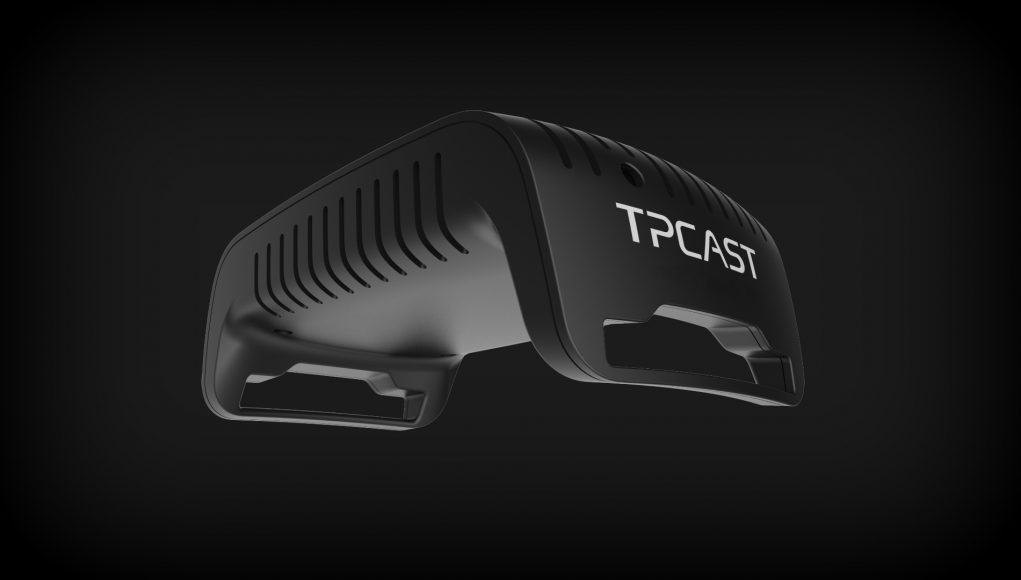Alongside its reveal of the TPCast Plus product range, the company also announced plans to bring their wireless technology to Windows ‘Mixed Reality’ VR devices. With the intention to transition into an OEM business model, TPCast is creating a reference design to support all WMR headset manufacturers.
As explained in the official press release, TPCast wants to “accelerate the development” and integration of wireless adapters into Windows Mixed Reality HMDs by “creating a reference design for the VR module in order to support all VR HMD OEMs and manufacturers.” TPCast intends to licence their patented wireless technology by offering an OEM reference design.
“We are delighted that TPCast introduces this powerful platform design in the field of Wireless VR,” says Michael Liu, CEO of TPCast. “This platform possesses high video quality and low latency performance like the other TPCast products, and will support the current WMR and other 3K/4K resolution HMDs.”
TPCast notes that the self-contained, ‘inside-out’ tracking technology employed by all Windows Mixed Reality headsets adds extra demands on data transmission, suggesting that a single wireless channel is unable to carry both video and tracking data. Claiming to deliver the “highest data bandwidth in the VR industry,” TPCast says their multiple-channel 60GHz solution overcomes the problem.
It appears that the WMR wireless VR module will match the improvements found on the upcoming TPCast Plus system for Vive and Rift, with a simple installation process that is “plug-and-play” and “router-free”.







